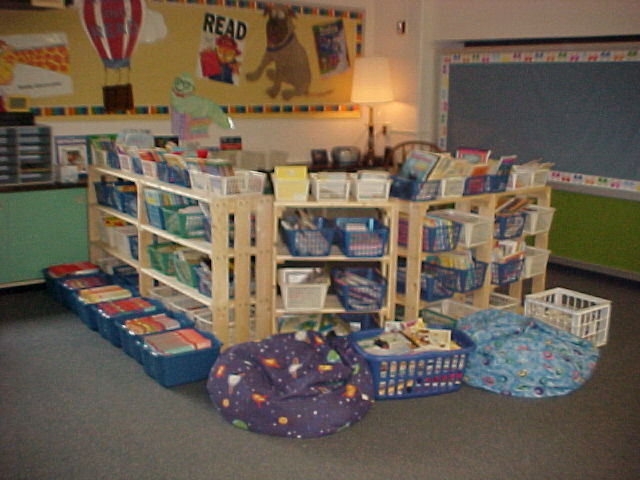Why Read Aloud?
-Models good reading habits
-Think alouds teach student comprehension strategies
-Encourages a love of reading through hearing stories.
-Models fluent reading.
-Allows children an opportunity to engage in a meaningful, higher level thinking comprehension conversation.
How does it fit into my Balanced Literacy Classroom?
-Use it as a TEACHING TIME!
-Use it to teach comprehension strategies.
-Practice old strategies taught.
-Monitor student's oral comprehension during read aloud!
-Use it in place of your Mini Lesson.
-Use it at the end of Reader's Workshop to wrap things up.
Keeping Students' Engaged and Checking Comprehension
-Signals
*I use "Silent Signals" during our read aloud. I teach students a signal for connections, inference, questions, etc. Students silently use the signals to let me know what they are thinking in their head while I read!
-Turn and Talk
*At specific stopping points in the read aloud, students turn and talk with their thinking partner (someone sitting near them). They sit "Eye to Eye, Knee to Knee". I give them a purpose or question to discuss for 1 to 2 minutes. As they talk I listen and assess understanding, after the chat I share out a few things I "overheard". If students are allowed to share you loose the momentum of your read aloud and get sidetracked by students' sharing. I suggest a quick turn and talk with the teacher wrapping things up by sharing out, quickly... no more than 4 to 5 minutes!
-Stop & Jot
*This should be done with fluent writers. At a stopping point in the read aloud, I may have students stop and jot down their thoughts on a part in the book, answer a question, etc. I can then collect this and assess their understanding. This should take no more than 5 to 10 minutes. You can use a Stop & Jot at the end of the story more as an "exit ticket" to assess students' understanding of the story.
-Reader's Response
*In primary grades it is difficult for students to come up with how to respond to a book on their own. I use very structured Readers' Responses. After a read aloud, I give students a specific question or prompt (for example, What did the author try and teach us in this book? What is the theme? or lesson?). Students then respond in writing. This is then used as an assessment and can inform my instruction for the upcoming lessons.
-Recording Our Read Alouds
*A class list can be kept of Read Aloud titles along with the teaching point, students can also keep a personal log.
*Some teachers also organize Read Alouds based on their theme or comprehension strategy on a bulletin board.
Both methods provide a resource for students to use when practicing the strategies on their own. It also helps students to create text to text connections.
Re-Reading Read Alouds
-Every student in your classroom will want to have access to the books you read aloud in class. Therefore, it is up to you to figure out how you will make the read aloud books accessible to students. Many of my read aloud books are very special to me and valuable!
*I keep out the 5 to 6 books I read each week out for students to access when they are in the "Library" center. Students are only allowed to read these books when in this specific center. It allows each child to be able to access the books.
*I talk with my students a lot at the beginning of the year about how to care for books and what keeps a book in "good condition". I suggest you do a lot of prep work with your students before you allow them to read the books in your classroom. The more prep work you do in the beginning will create less problems in the long run!







